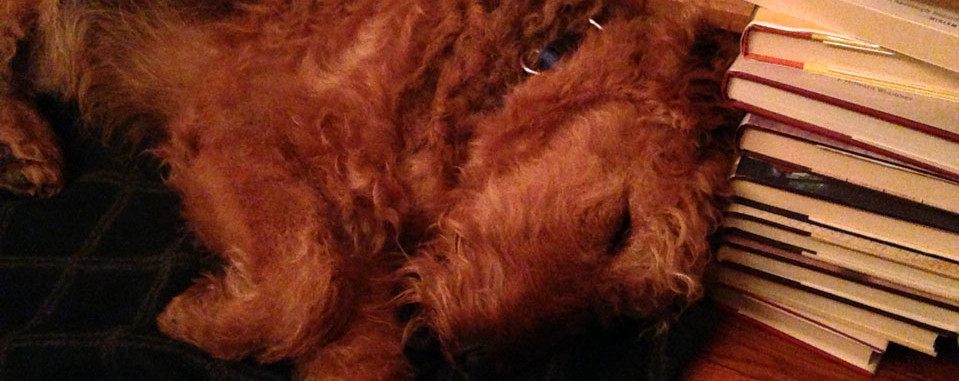
Kate Atkinson’s Life After Life offers a fascinatingly structured and choreographed approach to the “what if’s” of both an individual life’s journey and the broad sweep of history. The individual journey Atkinson traces is that of Ursula Todd, born to an upper middle class British family before the First World War. Ursula, her lively, loving and personable family, her friends and colleagues contend with the upheavals of both World Wars and beyond. That is, they go beyond the Second World War in some variations of Ursula’s and their lives … and in some variations, they don’t.
Atkinson posits intriguingly how a matter of minutes or a minute recalibration of your decision making or the decision making of people around you can have a profound impact not just on personal outcomes, but on the fate of those around you. Those outcomes can spiral out into influencing sequences of wider events and, ultimately, the course of history.
To describe Atkinson’s approach as “choreographed” might suggest it’s too calculated, but that’s not the case. There is a wonderfully natural feel to dialogue and character that has you falling in love, worrying about (especially during the vivid, heartwrenching and intimately horrific sequences set amidst the Blitz) and missing even the most peripheral characters as the story unfurls, rolls back and unfurls again in increasingly captivating waves. What will change, even ever so slightly, in the next rendition of Ursula’s life, and what repercussions will result? Not only will you want to ride each new wave, but you’ll want it to continue long past the last tantalizing ripple. Life After Life might even inspire you to ponder your own “what if’s” …
See also: Kate Atkinson’s notes on Life After Life (with spoiler alert)

Pingback: 2014 reading list (so far) | bookgaga